
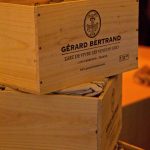
Gerard Bertrand had a vision. He would begin growing organic grapes and make biodynamic wines in his native Languedoc Roussillon in the South of France and help others wineries that wanted to do the same. He would do this because it was better for the land, the soil and the environment. He would do it because he believed biodynamic methods would produce quality wine that was also better for us. It was a huge undertaking.
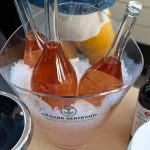

Although it takes three years after converting to organic practices to receive certification, it usually takes five to ten years to completely purify soil that had been treated previously with chemicals and pesticides.
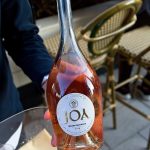

Gerard Bertrand has been using organic methods of wine production since 2009. His Naturae portfolio of wines are certified organic, sulfite free and vegan. They arrived in the U.S. this October and were presented to New York City media and wine industry professionals at the Wyeth Hotel’s Lemon Rooftop lounge in Williamsburg.

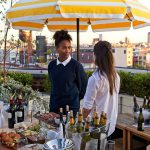
The white and red grapes used to produce the Naturae portfolio of wines are planted in small quantities to maintain their quality. The time between harvesting and aging is kept to a minimum to ensure that the juice does not suffer from excessive oxygen exposure. Anti ultraviolet smoked and tinted glass bottles are used to store the Naturae white and red wines, respectively, to keep the wine fresh. Likewise the wine is aged in containers that are stopped with natural cork and the finished products are packed in boxes made from environmentally friendly materials.

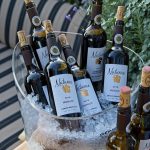
The Naturae portfolio includes:
Naturae Chardonnay, IGP Pays D’Oc, 2018 with floral and citrus fruit aromas, and lemon, vanilla and sweet spice notes.
Naturae Merlot, IGP Pays D’Oc, 2018 with raspberry, plum and sweet spice aromas, and rich red fruit and dark berry notes, along with supple tannins.
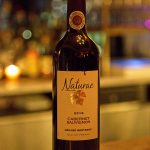
Naturae Cabernet Sauvignon, IGP Pays D’Oc, 2018 with lush blackberry and blueberry aromas, and dark berry, herbaceous and pepper notes.
Gerard Bertrand is currently in the process of converting all of his estates to biodynamic methods of wine production. Biodynamic farming involves using nutrients naturally found in the soil and nourishing it with specific herbs and minerals that are derived from the soil itself with little to no foreign substances and absolutely no chemical additives added. The Maria Thun calendar that tracks the phases of the moon is used to determine when grapes are planted and harvested. The results are better wines with concentrated aromas, minerality, and acidity.. His biodynamic wines include:

Chateau L’ Hospitalet Grand Vin Blanc, AOP La Clape, 2018 blend of Bourboulenc, Vermentino and Grenache Blanc with delightful aromas of fresh lemon and green apple, and ripe citrus fruit, pear and mineral notes with nutty and honey accents.
The Chateau L’ Hospitalet Grand Vin Rouge, AOP La Clape, 2017 blend of Syrah, Grenache and Mourvedre with lush raspberry, plum and spicy aromas, and fresh berry and dark fruit notes, along with soft and balanced tannins.
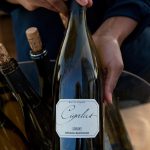
The Cigalus Blanc, IGP Pays D’ Oc, 2018 blend of Chardonnay, Viognier and Sauvignon Blanc with bright citrus and orchard fruit aromas, and ripe grapefruit, vanilla and tropical fruit notes accented with toast and honey.
The Cigalus Rouge, IGP Aude Hauterive, 2017 blend of Cabernet Sauvignon, Cabernet Franc, Merlot, Syrah, Grenache, Caladoc and Carignan with rich aromas of plum and black cherries, and ripe blackberry, dark fruit and herbaceous notes, along with smooth tannins.

Be First to Comment